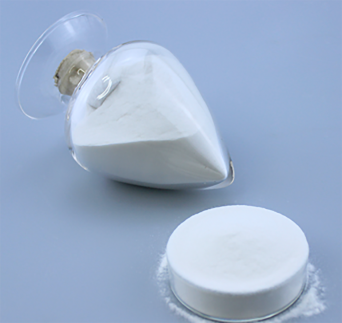
Jul . 20, 2024 13:17 Back to list
Understanding Redispersible Polymer Powders and Their Applications in Construction and Coatings Industry
Redispersible Polymer Powder An Overview
Redispersible polymer powder (RDP) has emerged as a crucial component in various applications, particularly in the construction and building materials industries. This versatile material is known for its ability to form stable dispersions when rehydrated, making it an integral additive for improving the properties of various cement-based products.
What is Redispersible Polymer Powder?
RDP is produced by spray-drying polymer emulsions, resulting in a fine powder that can be easily transported and stored. Common polymers used in the production of RDP include vinyl acetate-ethylene (VAE), styrene-acrylic, and ethylene-vinyl acetate (EVA). These polymers are designed to be redispersible in water, allowing them to rehydrate and regain their original performance characteristics when mixed with liquid formulations.
Properties and Benefits
The incorporation of RDP into formulations dramatically enhances the properties of construction materials. One of the primary advantages of RDP is its ability to improve adhesion. When added to cementitious mixtures, RDP enhances the bond strength between different materials, ensuring a durable and long-lasting finish. This characteristic is particularly beneficial in applications such as tile adhesives, mortar, and façade systems.
In addition to improved adhesion, RDP contributes to flexibility and improved workability. Cement-based products with RDP exhibit enhanced flexibility, reducing the risk of cracking and damage under stress. This property is critical in construction, where materials must withstand temperature fluctuations and mechanical stress. Furthermore, RDP provides a smoother texture, which facilitates easier application and finishing of the material.
redispersible polymer powder wiki

Another significant benefit of RDP is its contribution to water resistance. By incorporating RDP into formulations, products can achieve better water retention properties, minimizing the risk of moisture-related damage. This is particularly important for exterior applications, where exposure to the elements can compromise the integrity of the material.
Applications
Redispersible polymer powders are extensively used in a variety of applications, primarily in the construction sector. They are commonly employed in the formulation of tile adhesives, polymer-modified dry mortars, plastering, and rendering systems. Additionally, RDP finds its way into the production of paints, coatings, and sealants, where its properties can enhance performance and durability.
In the tile adhesive market, for example, RDP allows for the creation of formulations that provide excellent grip and flexibility, suitable for both wall and floor applications. When used in dry mortars, RDP results in improved performance characteristics such as better water retention, enhanced bonding, and superior workability.
Conclusion
In summary, redispersible polymer powder represents a significant advancement in the field of construction materials. Its ability to improve adhesion, flexibility, and water resistance makes it an invaluable additive for a wide range of applications. As the demand for durable and high-performance building materials continues to grow, the use of RDP is expected to expand, offering new solutions that meet the evolving needs of the construction industry. As we move towards more sustainable building practices, RDP is poised to play a vital role in the development of innovative and efficient materials that contribute to the longevity and resilience of structures worldwide.
-
Versatile Hpmc Uses in Different Industries
NewsJun.19,2025
-
Redispersible Powder's Role in Enhancing Durability of Construction Products
NewsJun.19,2025
-
Hydroxyethyl Cellulose Applications Driving Green Industrial Processes
NewsJun.19,2025
-
Exploring Different Redispersible Polymer Powder
NewsJun.19,2025
-
Choosing the Right Mortar Bonding Agent
NewsJun.19,2025
-
Applications and Significance of China Hpmc in Modern Industries
NewsJun.19,2025







